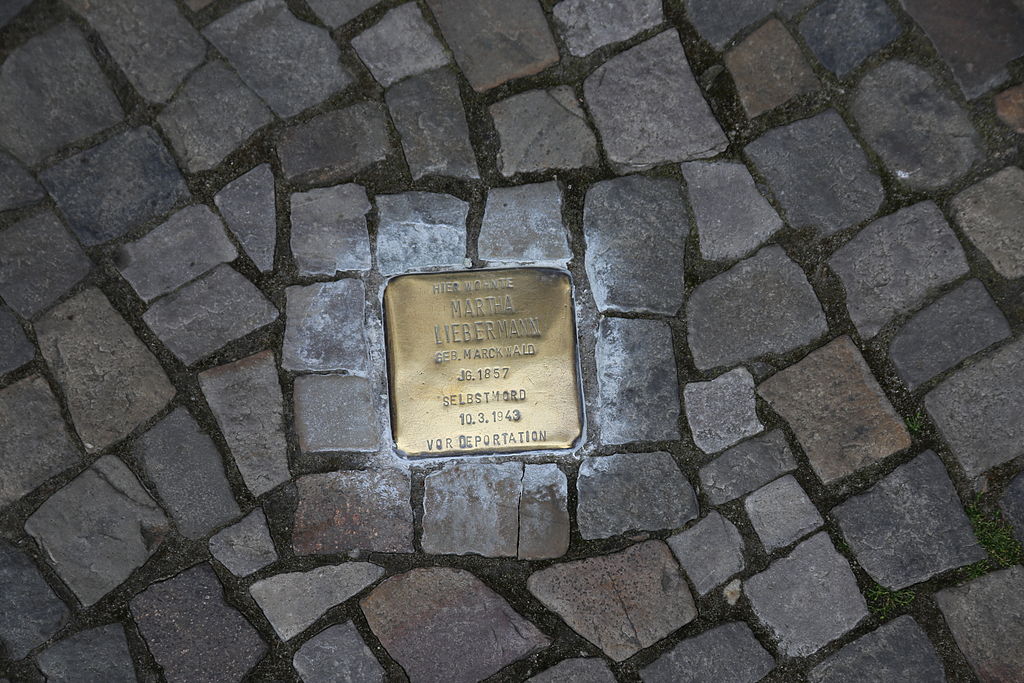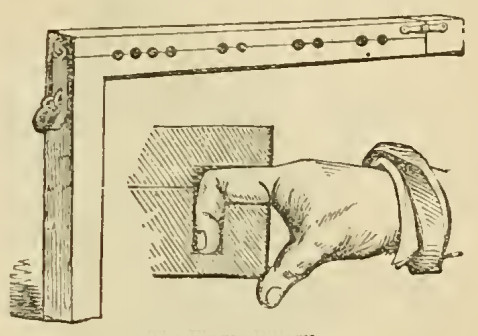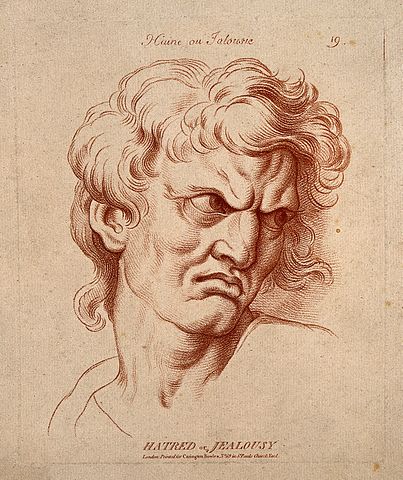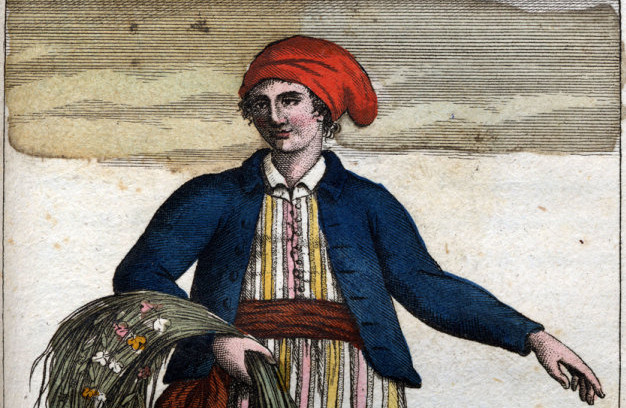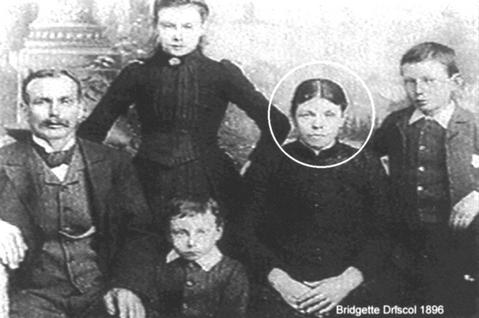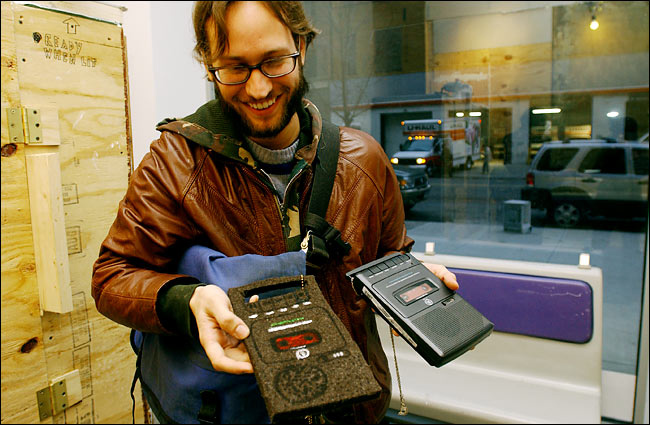A striking paragraph from A Woman’s Work Is Never Done, Caroline Davidson’s 1982 history of housework in the British Isles:
One woman actually entered the nascent electrical industry in the 1870s. Pretending to be a man (she assumed the name of Charles Torr) she rose to become managing director of a large Birmingham firm called Winfield’s which produced ornamental brass-work, chandeliers and fittings suitable for interior electric lighting. She joined a dining society of electrical engineers called the ‘Dynamicables’ where many of the problems facing the new industry were discussed. She obviously had the vision to see electricity’s brilliant future, as well as a flair for business and exceptional talent for concealing her sex. For, in the early 1880s, she approached Rookes E.B. Crompton with a proposal that their two firms should go into partnership; Compton’s was to carry out lighting installations and Winfield’s was to supply the capital and fitments. Her plans were extremely grand: she wanted to apply for a Parliamentary act to light Birmingham and to sell electrical goods world-wide. However, after the two firms had co-operated for several years, Winfield’s ran into financial difficulties and Charles Torr committed suicide: only then did her colleagues learn her true sex.
I haven’t been able to learn anything more. Davidson cites Crompton’s Reminiscences of 1928, which is unfortunately rare.

